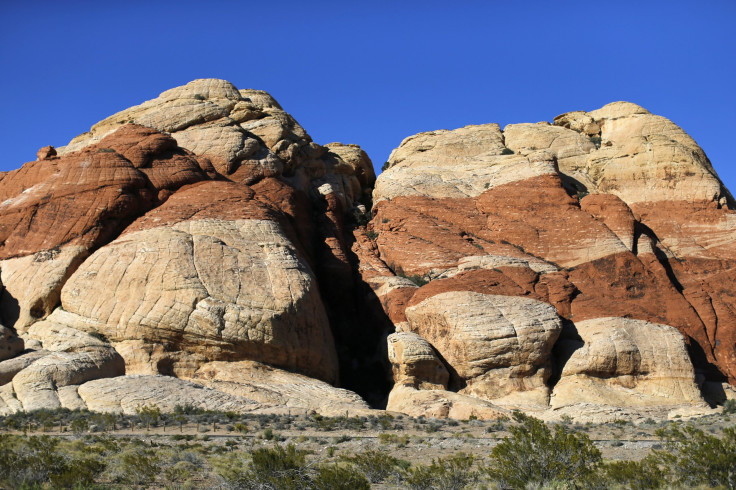Obama Creates Two More National Monuments In Nevada, Utah, Strengthening His Conservation Legacy

In the last few months in office, President Barack Obama has been busy strengthening his environmental and conservation legacy. He increased the size of the Papahānaumokuākea Marine National Monument off Hawaii in August, making it the largest protected area in the world at the time (it was overtaken by another one created in Antarctica two months later, but it will become official only a few months later), and he also created the first U.S. Atlantic marine national monument, southeast of Cape Cod, in September.
Having already protected more public land than any U.S. president in history, Obama issued two proclamations Wednesday establishing two more national monuments in Nevada and Utah that will protect an additional almost 1.65 million acres of rugged territory in the western states.
The Bears Ears National Monument in Utah is the larger of the two, covering approximately 1.35 million acres, and the proclamation says: “Abundant rock art, ancient cliff dwellings, ceremonial sites, and countless other artifacts provide an extraordinary archaeological and cultural record that is important to us all, but most notably the land is profoundly sacred to many Native American tribes, including the Ute Mountain Ute Tribe, Navajo Nation, Ute Indian Tribe of the Uintah Ouray, Hopi Nation, and Zuni Tribe.”
Various Native American tribes would be represented on the advisory committee that will be formed to manage the national monument area. They will also have access to the protected area for performing traditional cultural practices and collection of medicinal plants and such. Recreational activity within the monument’s boundaries will be permitted but regulated.
Russell Begaye, president of the Navajo Nation, expressed happiness at the establishment of the national monument, reportedly saying: “These places — the rocks, the wind, the land — they are living, breathing things.”

At just under 300,000 acres, the Gold Butte National Monument in Nevada is much smaller in comparison. Its proclamation says: “The Gold Butte area contains an extraordinary variety of diverse and irreplaceable scientific, historic, and prehistoric resources, including vital plant and wildlife habitat, significant geological formations, rare fossils, important sites from the history of Native Americans, and remnants of our Western mining and ranching heritage.”
The use of this land by Native Americans is somewhat restricted when compared with the other newly formed national monument. Recreational activities will be allowed, but again with some regulation. And no new livestock grazing permits will be issued.
Bringing public land under federal protection through presidential decrees is often not popular with the states affected, who have argued they stand to lose economically. Obama’s successor, President-elect Donald Trump, has threatened to undo many of the president’s conservation efforts. Whether he can actually do so remains to be seen.
For his part, though, Obama said his decision was informed by inputs from a wide range of stakeholders.
“Following years of public input and various proposals to protect both of these areas, including legislation and a proposal from tribal governments in and around Utah, these monuments will protect places that a wide range of stakeholders all agree are worthy of protection. We also have worked to ensure that tribes and local communities can continue to access and benefit from these lands for generations to come,” he said in a statement following the proclamations.
Obama had also created three national monuments, covering 1.8 million acres, in the California desert in February.
© Copyright IBTimes 2024. All rights reserved.





















